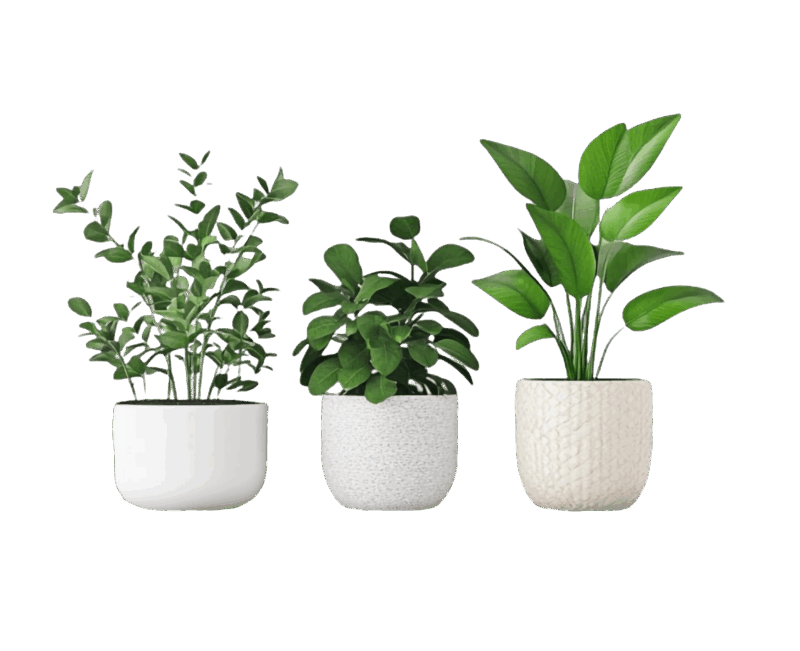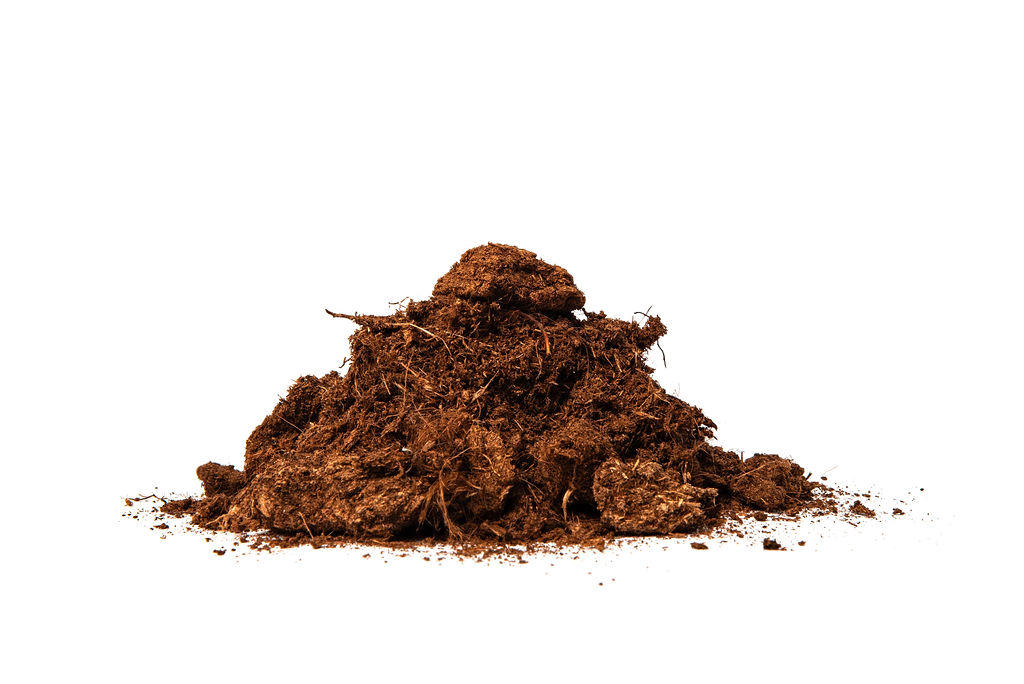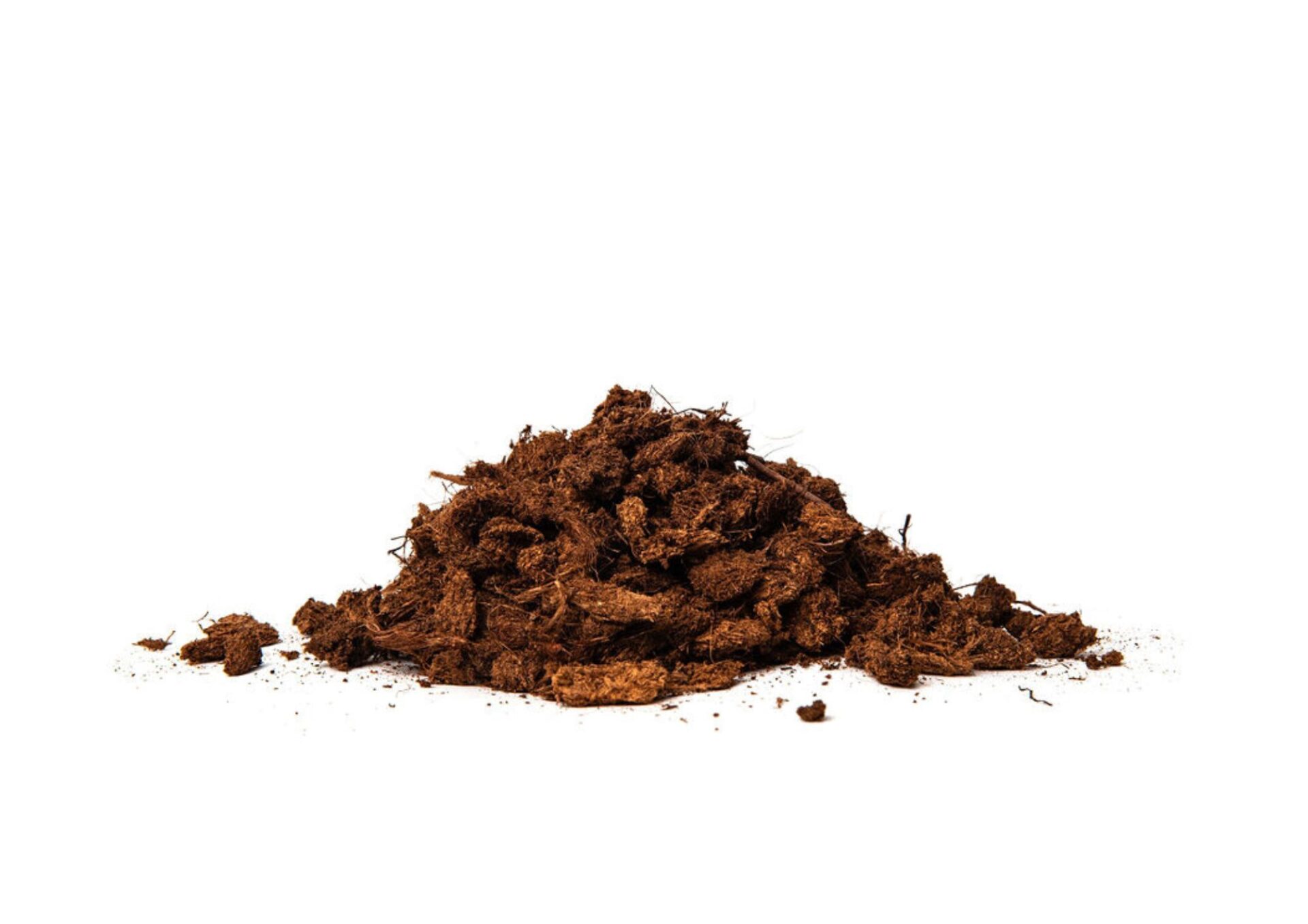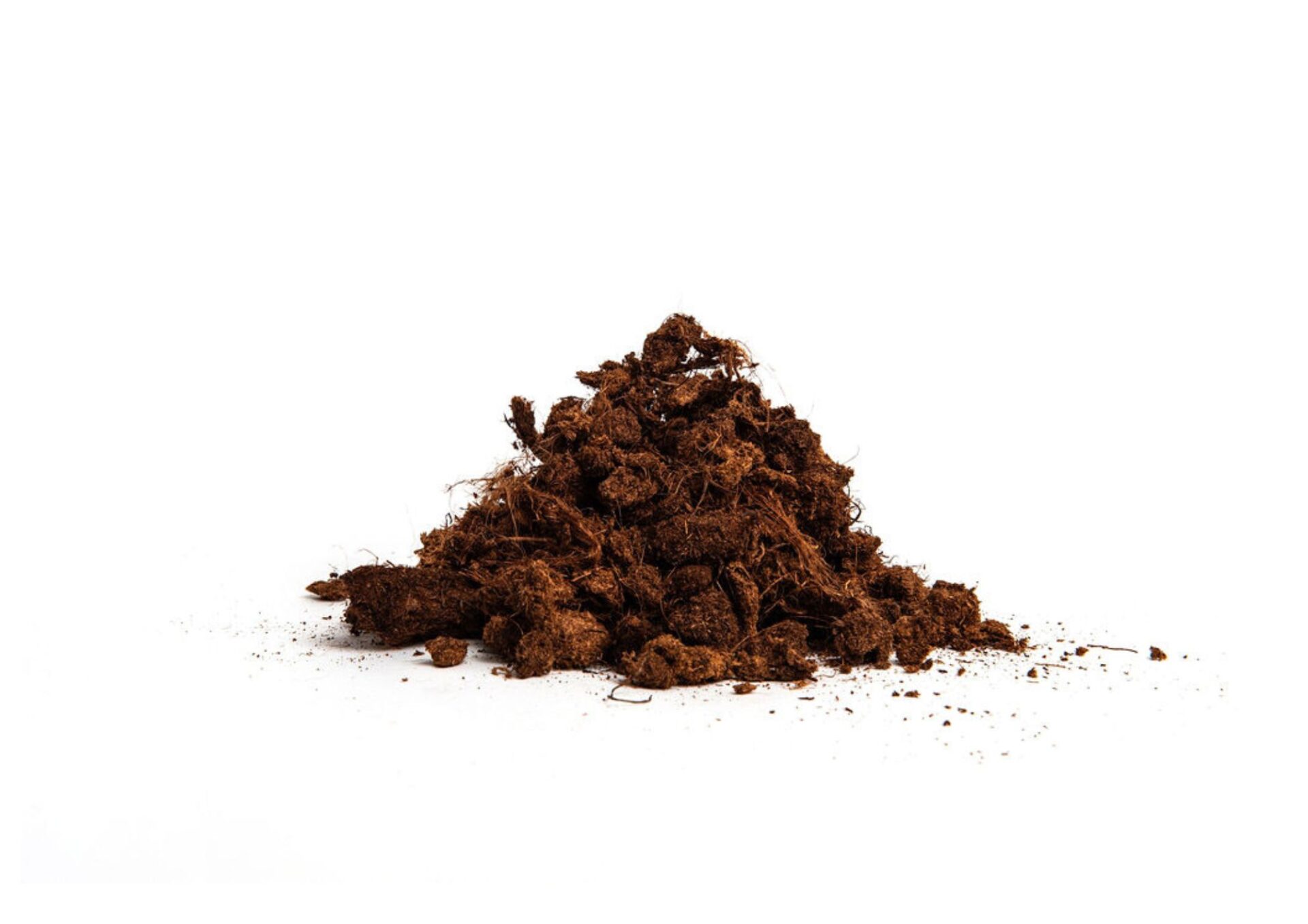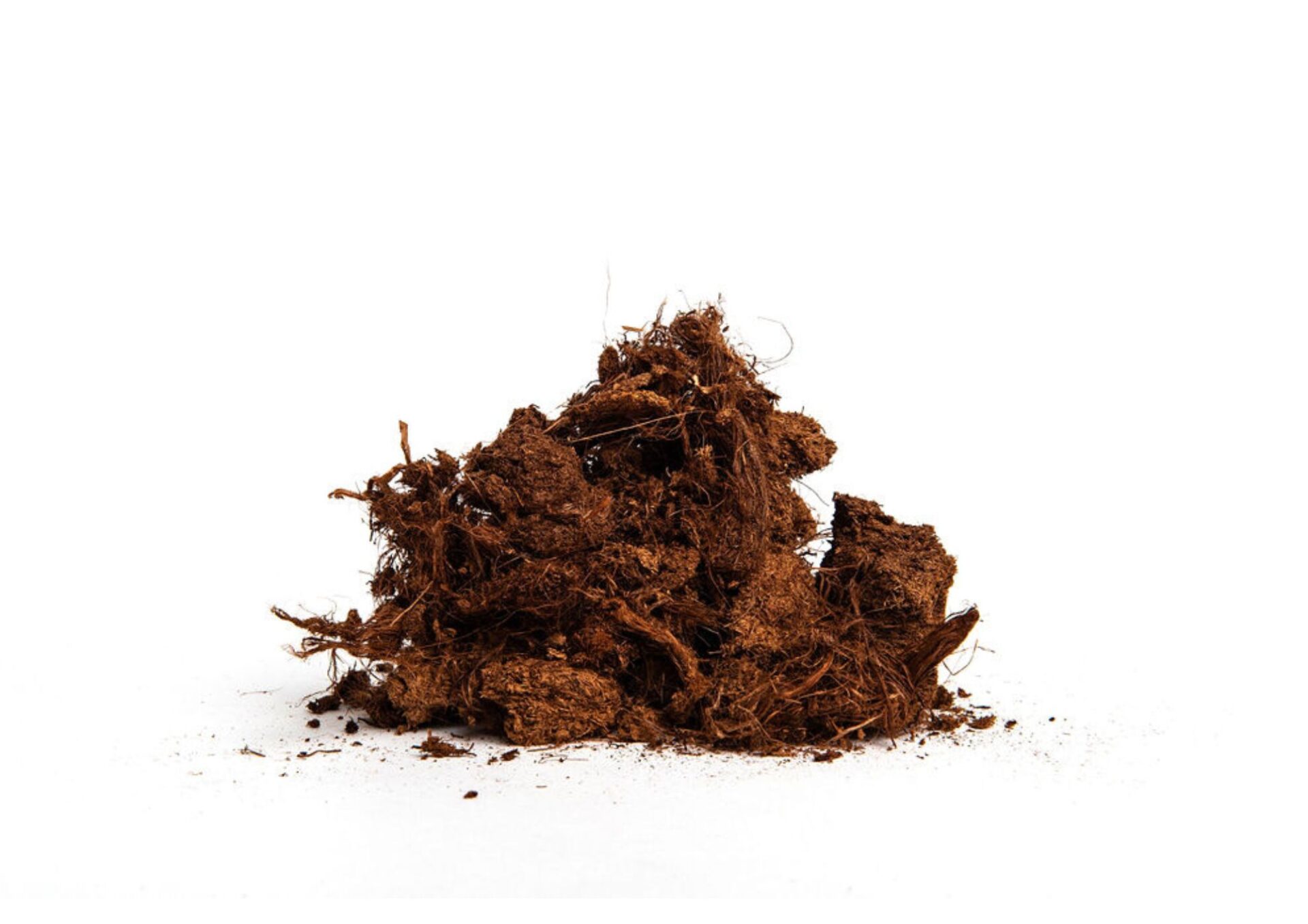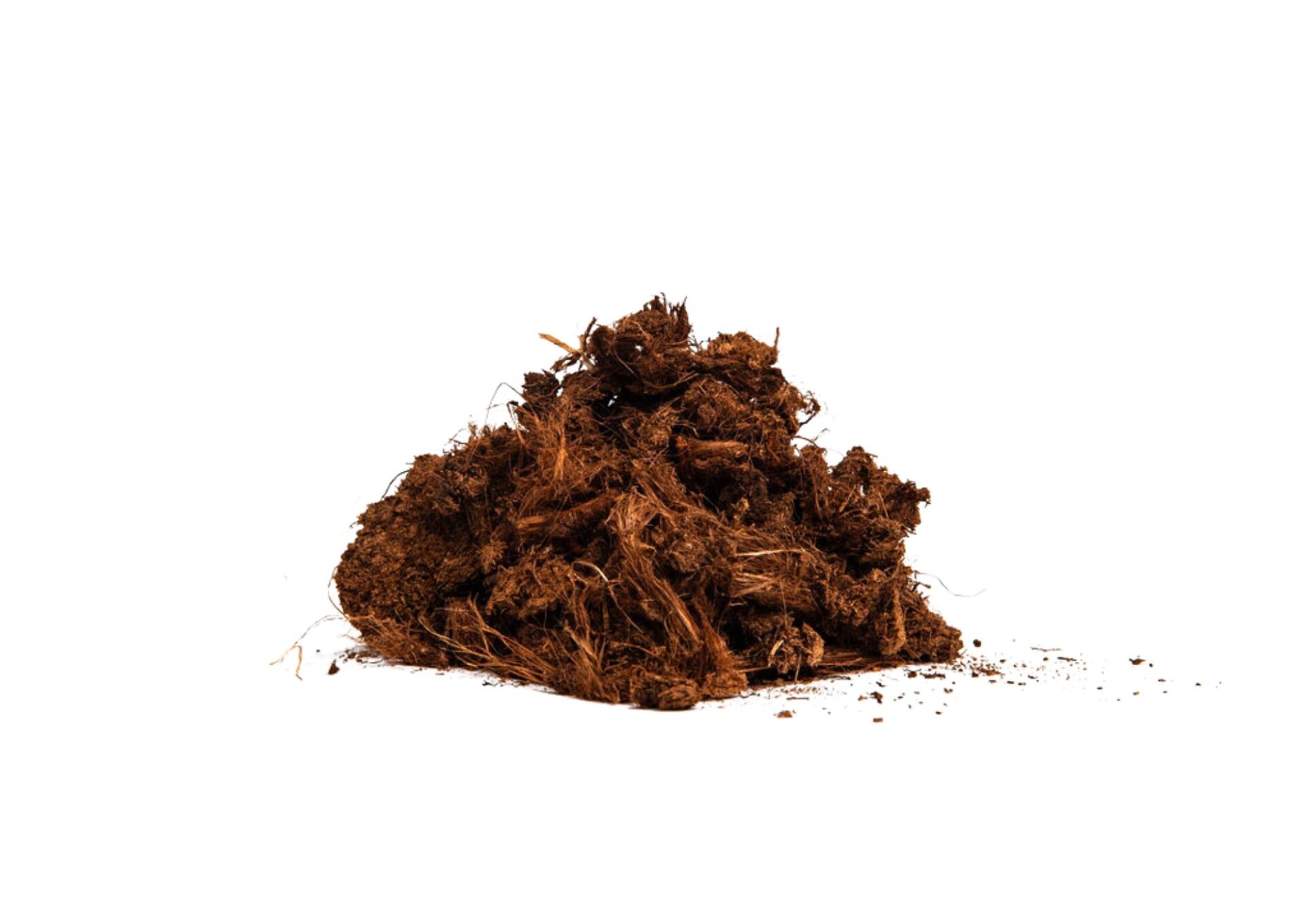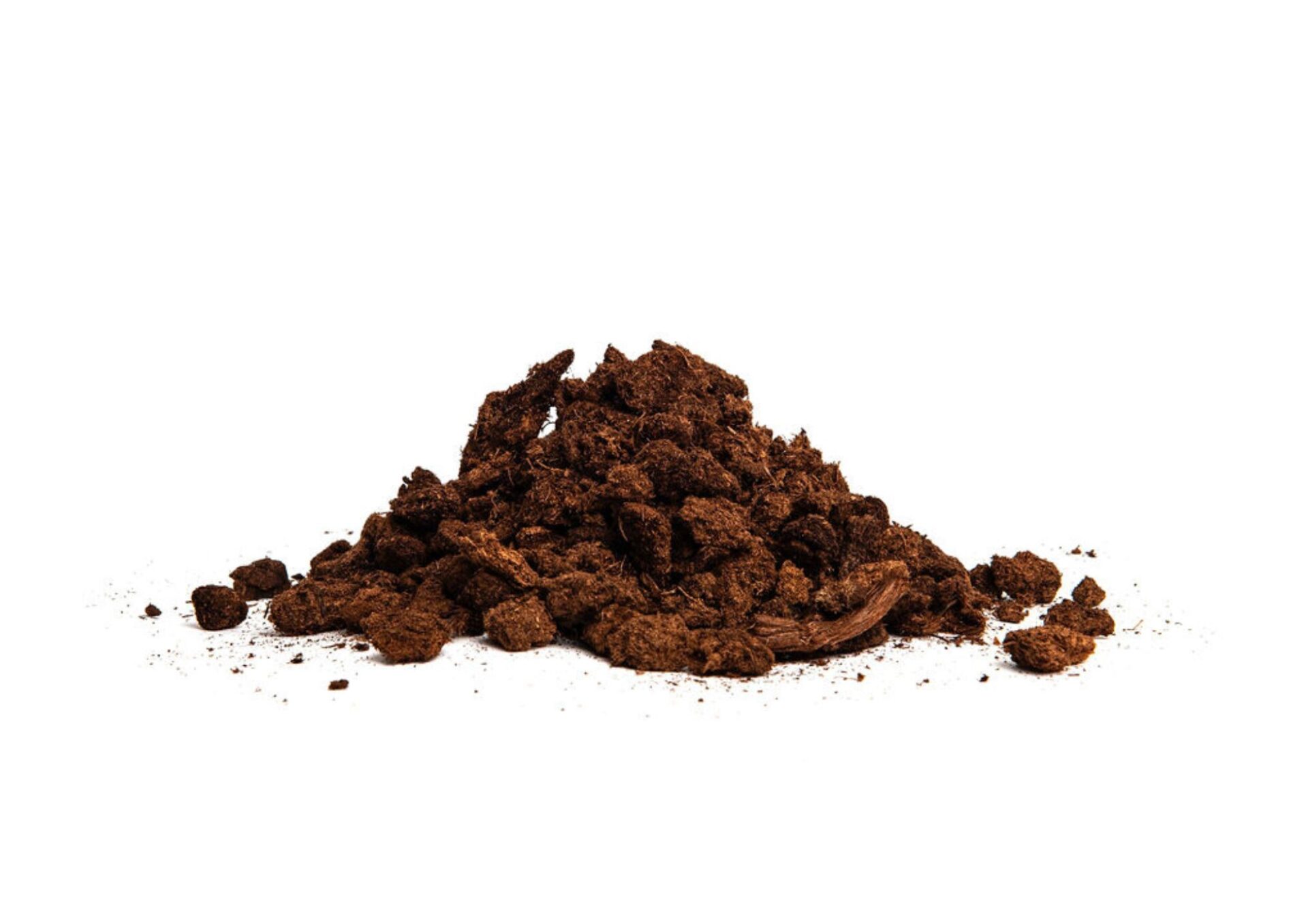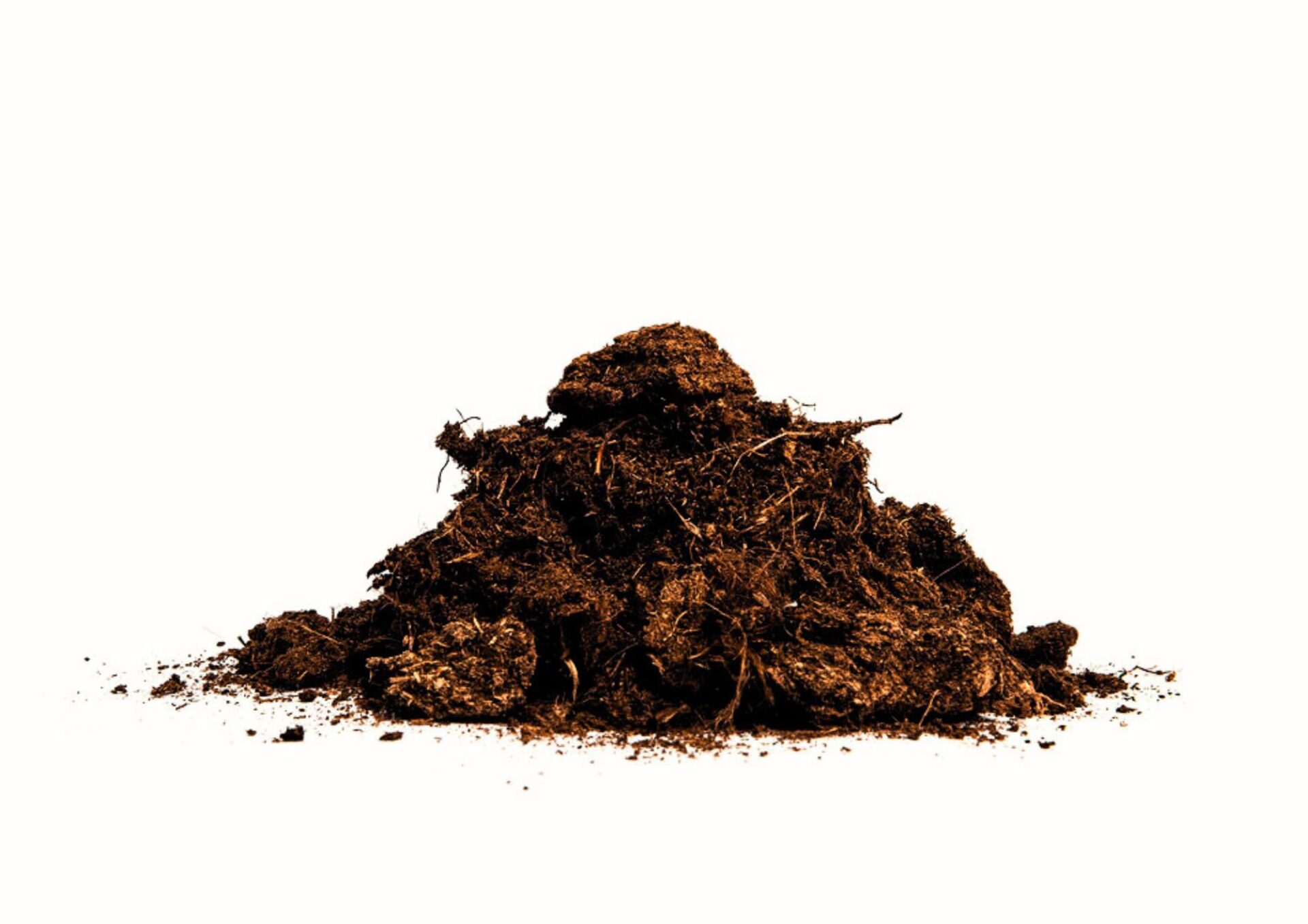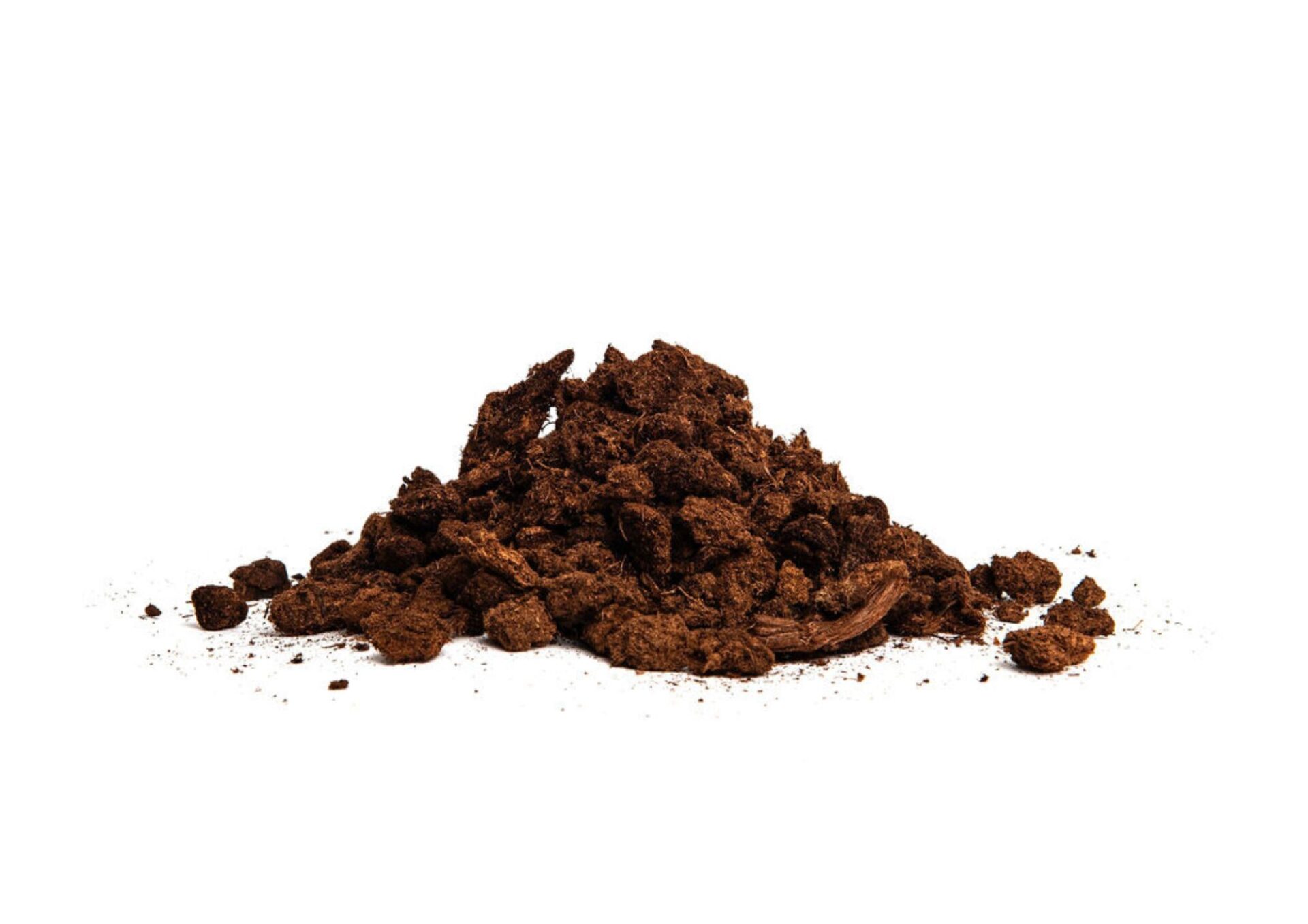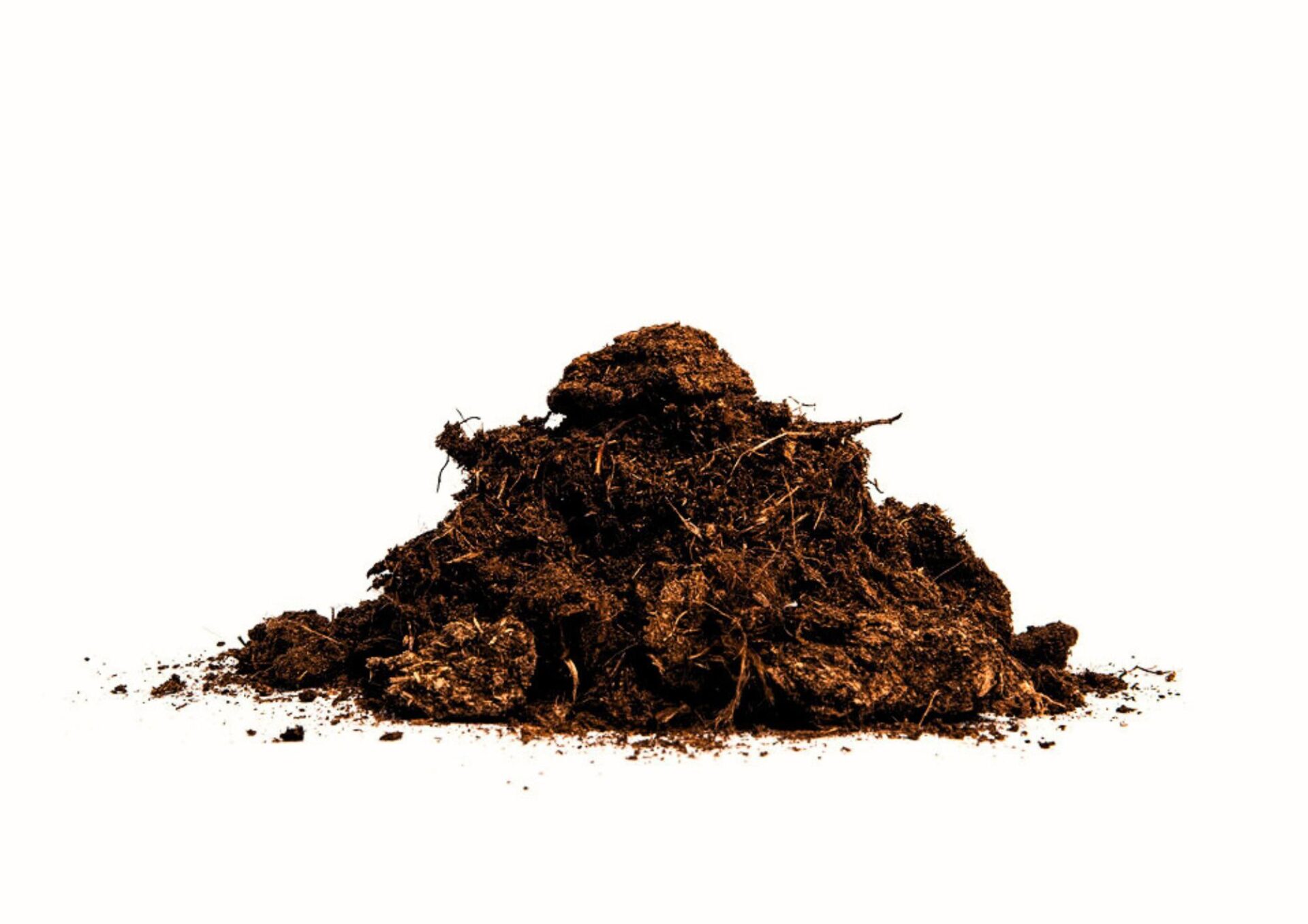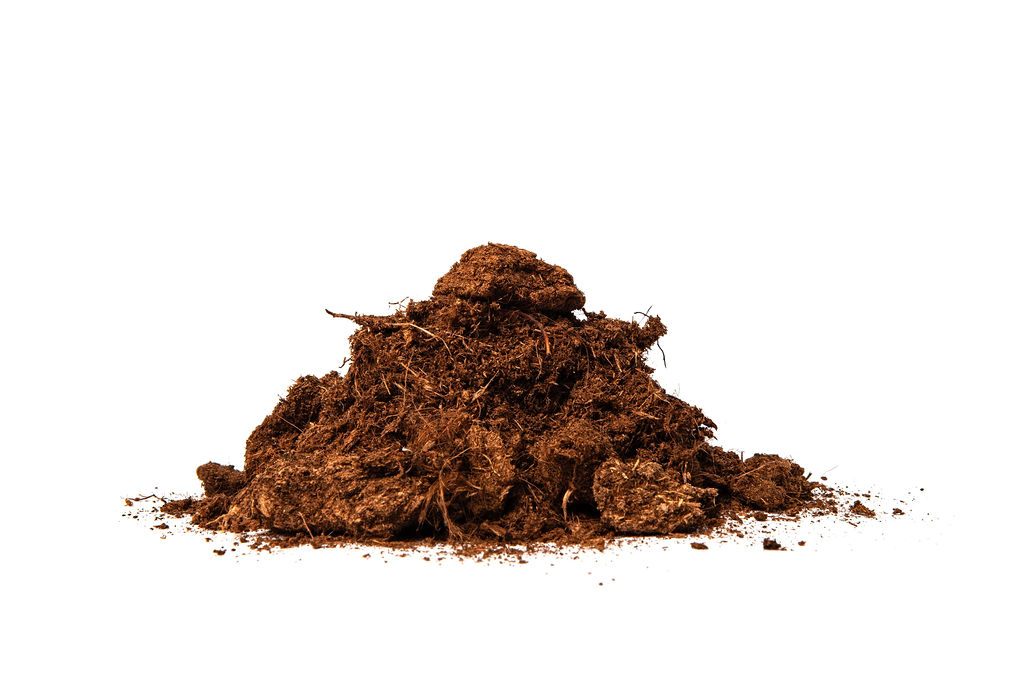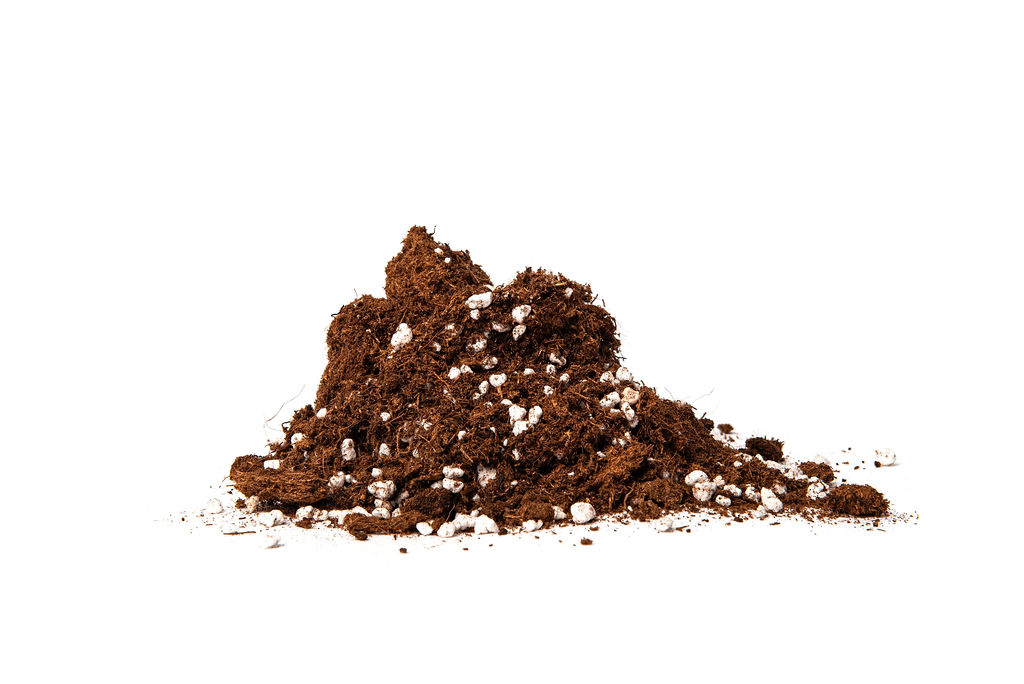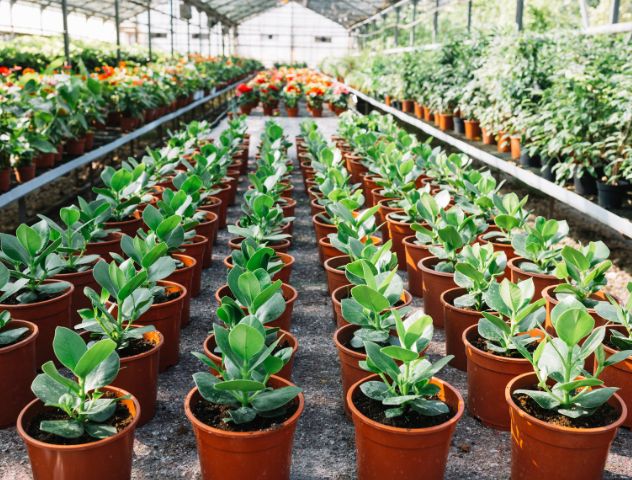
The Role of Peat Moss in Potting Mixes
Peat moss is a major component in many high-quality potting mixes. While it’s highly effective on its own, peat works even better when combined with materials like perlite, vermiculite, and sometimes compost or bark. Together, they create a well-rounded mix that promotes healthy, thriving plants in a container environment.
Peat moss contributes to several key aspects of a potting mix:
Moisture Management: Since potted plants can’t send roots deep into the ground in search of water, they need a mix that can hold moisture and make it available over time. Peat moss absorbs water and holds onto it, releasing it gradually as plants need it. When combined with other materials like perlite or vermiculite, the mix creates pockets for air to move freely, preventing the soil from becoming too compact or waterlogged.
Aeration and Structure: Peat’s fibrous structure allows air to flow through the mix, preventing soil compaction, which is a common issue in pots and can lead to suffocated roots. That’s why many potting mixes pair peat with materials like perlite. Perlite is a volcanic glass that’s been heated until it expands, forming lightweight, porous granules. These two components offer a light and airy mix, ensuring that the plant’s roots can access the oxygen they need.
Nutrient Retention: In the limited space of a pot, this nutrient-holding capacity is essential, as the plant can’t pull from the surrounding earth as it would outdoors. During watering, nutrients can wash away with excess water, leaving the plant deprived. Peat acts like a sponge, not just for water but for the nutrients you add – either through fertilizer or organic matter mixed into the substrate. It retains these nutrients, keeping them available to the plant roots as needed.
Long-Term Stability: One of the distinct advantages of using peat-based potting substrates is their ability to provide long-term stability. Unlike some other substrates that can break down over time, peat maintains its structure and effectiveness for a longer period. This means you won’t need to repot your plants as frequently, giving them a more consistent environment in which to grow.
How to Use Peat Substrates for Optimal Potted Plant Growth
1. Create a Balanced Potting Mix
A standard peat-based potting mix isn’t one-size-fits-all. The specific plants you’re growing – whether they’re moisture-loving or drought-tolerant – will determine the right ratios of ingredients.
- 2 parts peat moss: Peat substrates provide moisture retention, aeration, and helps maintain the structure of the potting mix. However, due to its acidic pH, be mindful of the types of plants that thrive in this environment. For plants preferring neutral or alkaline soils, consider adding dolomitic lime to raise the pH.
- 1 part perlite or pumice: While perlite is commonly used to improve aeration and drainage, pumice can be a superior choice for plants that require both excellent drainage and some water retention without the lightness of perlite. Pumice is more durable and doesn’t float to the surface during watering.
- 1 part compost or biochar: Compost adds essential nutrients and organic matter, improving the mix’s fertility over time. For a more sustainable option, biochar (a carbon-rich material) can be mixed in to improve soil structure and nutrient retention, as well as aid in microbial activity.
2. Pre-moisten your Mix
Peat moss, in its dry form, is highly hydrophobic – it repels water, which can cause uneven watering in your pots. Pre-moistening the peat mix ensures that your plants will receive consistent hydration from the start. But instead of just adding water, you can enrich this step by using a diluted compost tea or a water-soluble mycorrhizal fungi solution. These additions not only hydrate the peat but also introduce beneficial microbes or nutrients into the mix, giving your plants an immediate head start.
To pre-moisten the mix:
- Gradually add water or the solution while mixing the substrate in a large container.
- Aim for a “damp sponge” consistency, where the mix holds together without dripping water when squeezed.
3. Watering and Nutrient Management
Peat-based mixes are excellent at retaining moisture, but proper watering techniques are critical to preventing both overwatering and nutrient leaching. Here’s how you can take watering up a notch:
- Use a moisture meter: Instead of relying on finger-testing the soil, consider a moisture meter to get precise data on the water levels in your pot.
- Controlled watering methods: Watering from the bottom can be highly effective for plants potted in peat-based mixes. Place the pot in a shallow tray of water and allow the plant to absorb moisture through the drainage holes. This method reduces the risk of compacting the surface layer and promotes deep root growth.
